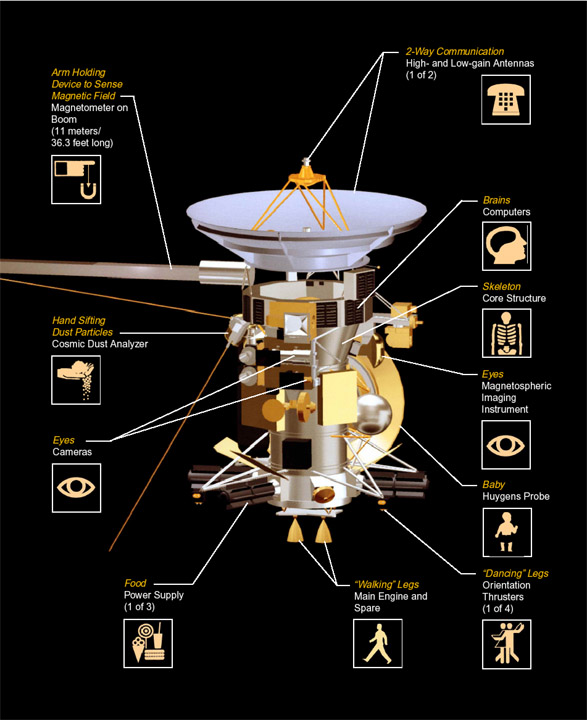


This 8th Grade Science class will be embarking into the world of educational blogging. Students will be writing about what we are covering in our class and providing information for those interested. Please join us in this experience.





In our discussion about Earth day we brought up some important things such as one major problem at the moment: global warming. It is referred to as the extremes in climate which have drastically changed in the past years. The causes of global warming are being discussed and there are many theories; but, Ms. D pointed out that since carbon emissions have increased in the past years there have been extreme changes in weather patterns. If this process continues we may even end up resembling Venus; The hottest planet which melts metal on its surface, which would not be a pleasant thought!
Lastly, we watched videos and a slideshow in connection with Earth Day. The links to the videos are just below:
Wombat- http://www.global-mindshift.
Chips - http://www.youtube.com/watch?
Photography - http://www.youtube.com/watch?
During class, Ms. D also gave us corn starch Styrofoam which indeed is very edible. (:
- The smallest exosolar planet they have found is Jupiter size
- The 4 spacecrafts with the sole mission of leaving this solar system are called Voyager 1, Voyager 2, Pioneer 10, and Pioneer 11. These all went in different directions in our solar system!
- Further explanation of 3 ways to find Exosolar planets:
1) Radical Velocity Method
-It is Earth based
- They find rays from the Parent star (Star which Exosolar planets orbits around) and measure the wavelength. If this wave length is abnormal or weird they suspect that they have found an Exosolar planet.
-The top of a wavelength is called a crest and the bottom a trough.
2) Astrometry Method
-Space based
- Looks at the wobbling of a star
- Star wobbles because gravity affects it
- Most surefire method
- Both Earth and solar system based
- Watches the changing brightness of a star
We also had a very cute visitor from 3rd grade named Alice. She came to observe our astronomy forum class for the last 20 minutes. The class introduced themselves and their planets to Alice while we continued the forum.
April 23rd : second blogger comment for the 4th quarter is due!
April 27th at 8 AM: The fifth APOD for this unit any date from 2000-2010 may be used! Also, next week is the last APOD that will be due for science this year!
April 28th : Celestial Body test study session at lunch
April 29th : open note Celestial Body Test
April 30th : third blogger comment due
May 4th or 7th: A friend of Mrs. Sprljan may come in to talk to us about astromomy. He specializes in wormholes and Black holes.
May 11th : Chemistry unit starts
May 14th : Extra credit due. Each picture next to a planet is worth 2 points. The planets which count as extra credit are Saturn, Uranus, Neptune and Pluto. Email these pictures to dani.dipietro@aisz.hr or ddipietro.aisz@gmail.com for extra credit. Good luck!
Here are the maps for the extra credit assignment: http://www.phy.hr/~mpozek/planeti/
Hebrew: Ohevet otchem kulam (Love ya guys) and good luck (:
Next scribe is Emma


Here is a list of the symbols of the Celestial Bodies:
Here are some notes that we had discussed:
All the terrestrial planets are: Mercury, Venus, Earth, and Mars
All the gas planets are: Jupiter, Saturn, Neptune, and Uranus
The Sun has the longest revolution in our solar system
Mercury is the smallest planet
Venus is the biggest object we see in the sky from Earth (with the exception of the Sun and the Moon) because the atmosphere bounces off the light from the Sun
Venus is a good example of global warming
Venus rotates clockwise while all the other planets rotate counter clock wise
The Earth’s atmosphere is made of oxygen, hydrogen, carbon dioxide, nitrogen, H2O, O3, and Methane
The Earth’s land is made of: basalt, and iron
Saturn is the least dense planet in our galaxy
Galileo who discovered the rings of Saturn thought that they were the planets ears
Cassini which is a probe launched on October 15th, 1997 
is still orbiting around Saturn and taking the best pictures
ever taken of Saturn
Saturn has 62 moons however 53 moons have been named until now
Jupiter is the biggest planet
Jupiter has the 4 biggest moons
The first name of Uranus was called Georgium Sidus
(The Georgian Planet) in the honor of the British King; George III
The Methane in the atmosphere makes Neptune and Uranus blue
Eris is the biggest dwarf planet in our solar system
Haumea is the smallest dwarf planet in our solar system
Eris is the reason why Pluto isn’t a planet anymore because once they found Eris they knew it wasn’t supposed to be a planet and then they saw the similarities between Eris and Pluto so they decided that they are both dwarf planets
Three reasons why dwarf planets are dwarf planets:
1. Clear orbital path around the sun day do not exist
2. They are too small
3. The orbital paths are not on the same place as the planets
Videos (Just Click on the title):
Don't forget to check moodle for homework!!!!
Next Scribe will be by: Jacob
Don't forget to comment!!!!